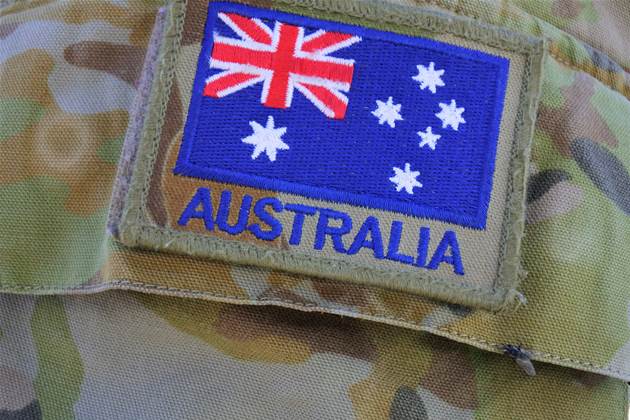Government Allocates $225M to Enhance AI Adoption
We independently review everything we recommend. When you buy through our links, we may earn a commission which is paid directly to our Australia-based writers, editors, and support staff. Thank you for your support!
Quick Overview
- The Australian government commits $225 million to AI initiatives over a four-year period.
- GovAI will receive $166.4 million for the expansion of its platform and the development of AI assistants.
- A new central function for AI delivery and enablement will be created with a budget of $28.9 million.
- An advisory committee for AI will provide guidance on high-risk applications of AI in government.
- An AI Safety Institute will be founded to prepare industry environments.
GovAI: A Catalyst for Change
The Australian government is making a notable investment of $225 million in artificial intelligence (AI) for its own applications over the next four years. This plan primarily flows through the GovAI service and its enablement functions. GovAI serves as a sovereign-hosted AI solution designed for comprehensive government use, including training and enablement initiatives.

Out of the total funding, $166.4 million is designated for the first three years to enhance the GovAI platform and create a secure AI assistant called GovAI Chat. The funding distribution will be milestone-based to ensure progress is monitored at every stage.
Phased Funding for Strategic Advancement
At the outset, $28.5 million will be designated for the Finance and Digital Transformation Agency (DTA) for foundational tasks and assurances. Based on the results, an additional $137.9 million may be approved. Additionally, the Finance sector will receive $28.9 million over the four years commencing in 2025-26 to set up a central function for AI delivery and enablement.
Enhancing AI Skills in the Public Sector
The Australian Public Service Commission and the DTA will gain $22.1 million over four years to bolster foundational AI skills and support workforce planning. This program is vital for navigating AI-induced changes in job roles, skills development, and movement within government entities.
Moreover, the DTA will obtain an extra $7.7 million to enhance its AI capabilities and form an AI review committee. This committee will include specialists from various sectors of the public service, offering perspectives on high-risk government AI applications.
AI Safety Institute: Promoting Responsible AI Development
Beyond GovAI, the mid-year economic and fiscal outlook (MYEFO) commits nearly $30 million annually for the next four years, with $7.9 million per year from 2029-30, to establish an AI Safety Institute within the Department of Industry, Science and Resources. This institute will collaborate with regulators to prepare industries for advancements in AI technology.
Conclusion
This sizable investment from the Australian government demonstrates its dedication to embedding AI into public services, aiming to improve efficiency and spur innovation across various departments. The creation of the GovAI platform and the AI Safety Institute represents a strategic step toward a digitally empowered future.















